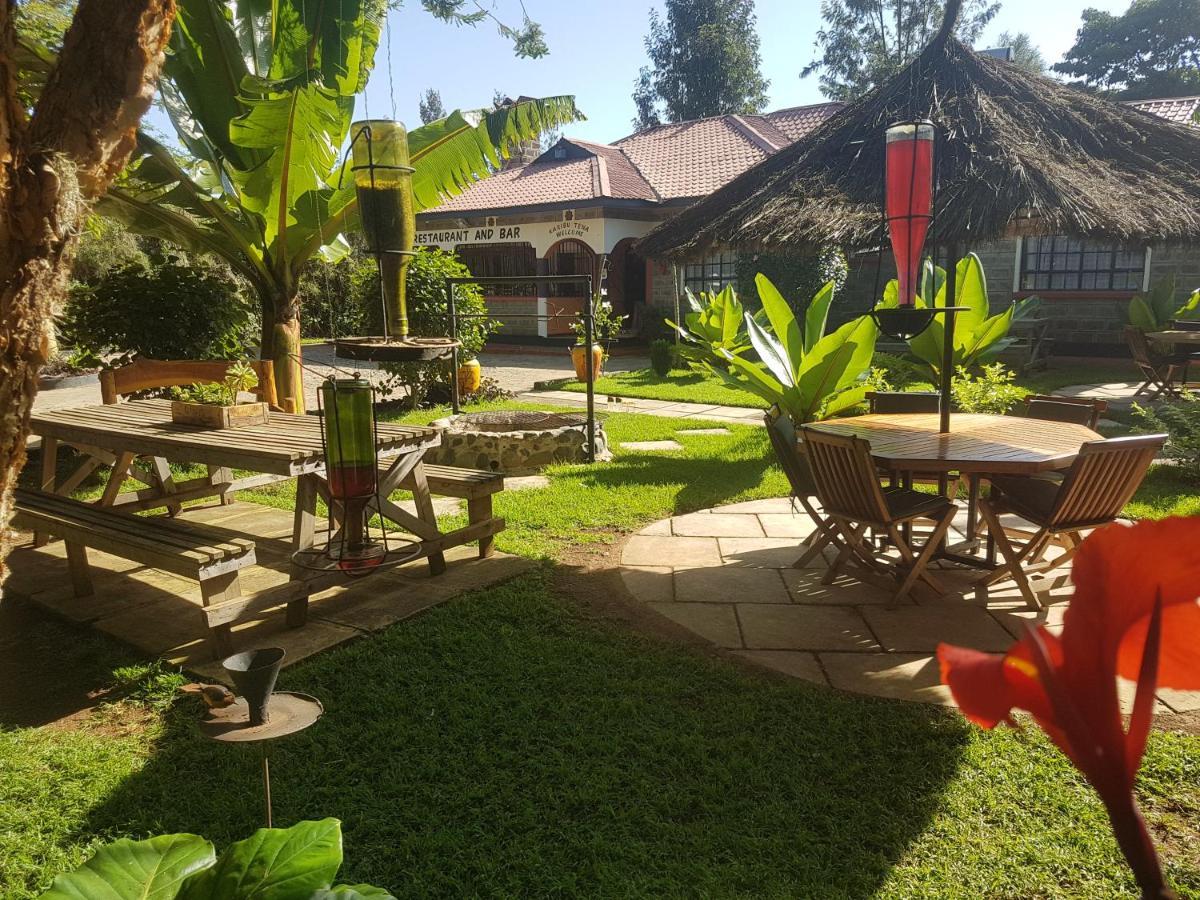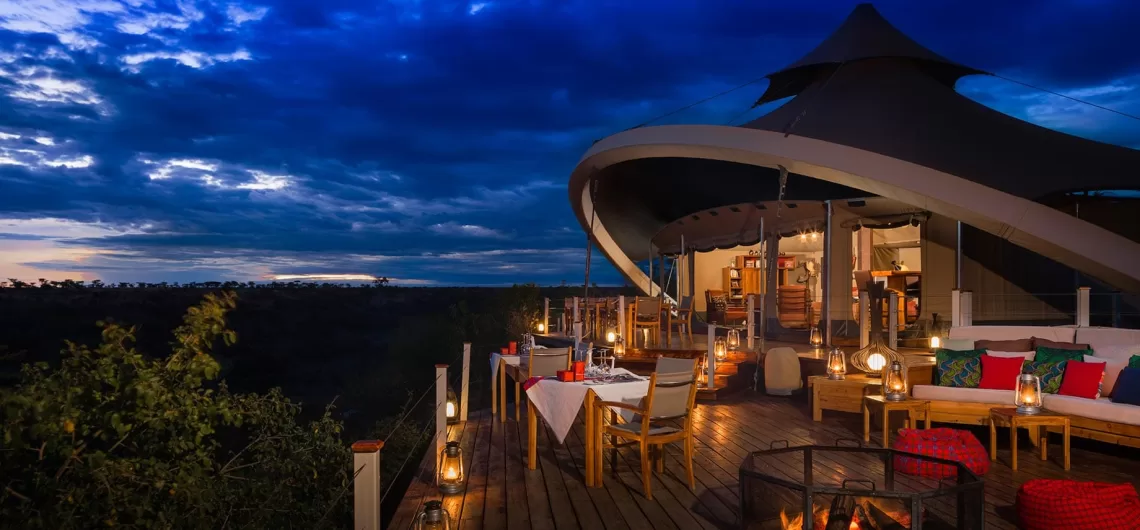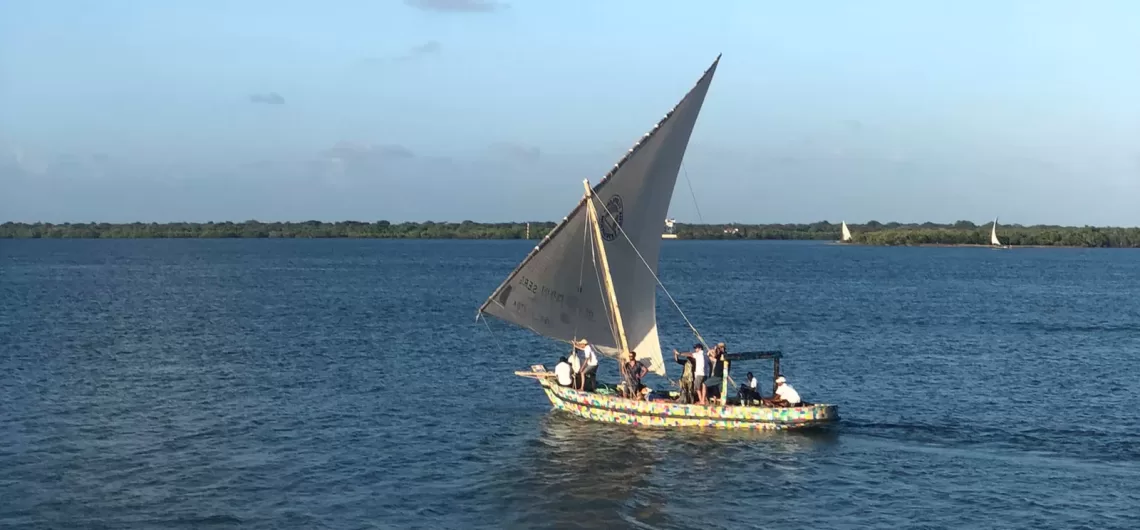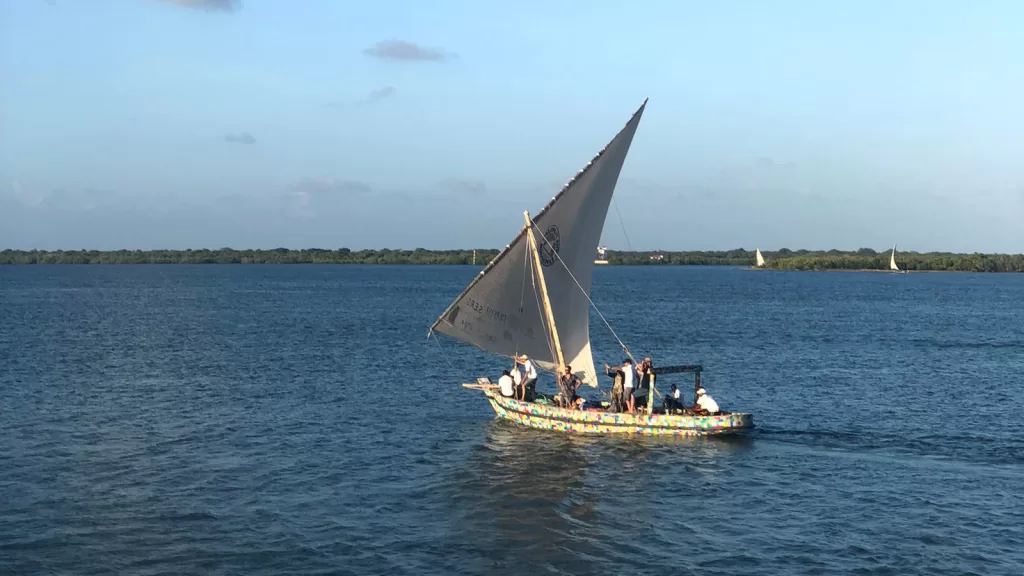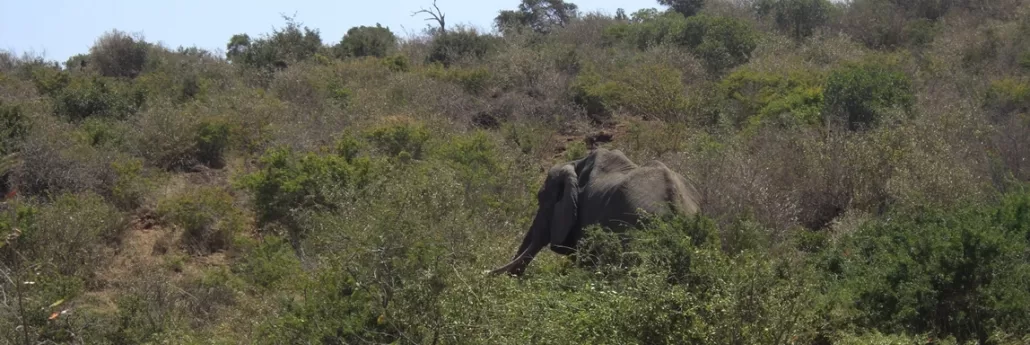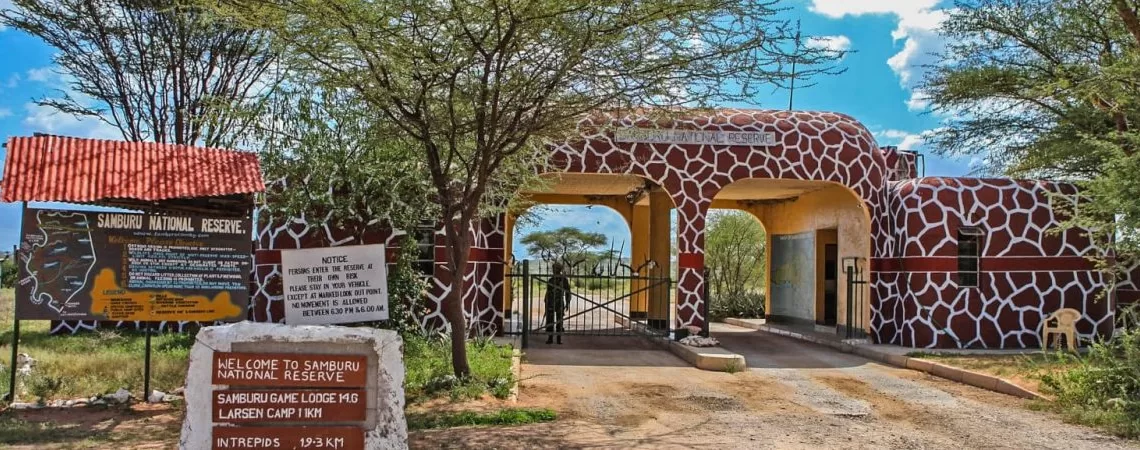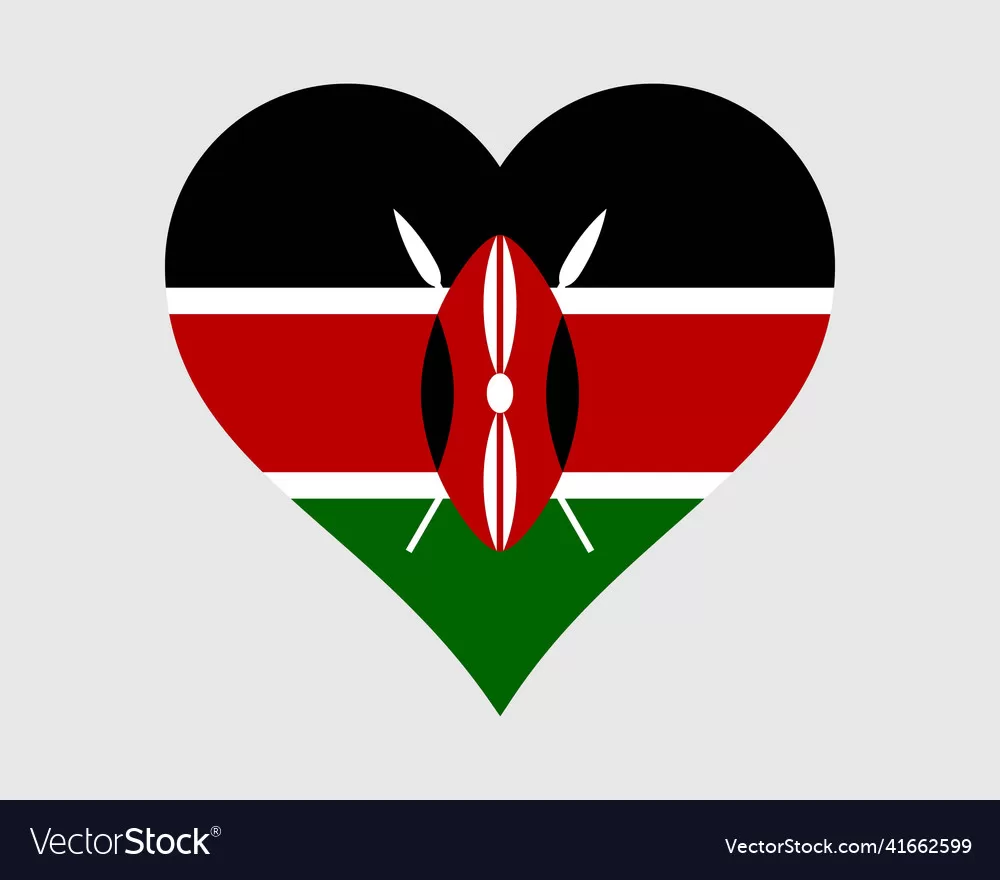Kenya is one of the world's magnificent wildlife destinations! Its premises, reserves, and private sustentations are home to some of the loftiest and most different populations of wildlife on the earth. Traveling across vast geographies bathed in the soft morning light, your African dreams unfold before your eyes.
Why you should visit Kenya
Kenya is one of the world’s magnificent wildlife destinations. Its premises, reserves, and private sustentations are home to some of the loftiest and most different populations of wildlife on the earth. Traveling across vast geographies bathed in the soft morning light, your African dreams unfold before your eyes.
What’s so special about Kenya?
Kenya is known for being the world’s stylish safari destination, with 50 grand public premises and reserves home to different wildlife, including the Big Five – Elephants, leopards, Lions, rhinos, and buffalo.
Is Kenya an excellent country to travel to?
Kenya is a great country to visit. Whether you want to go on a Safari or visit some beautiful white flaxen strands, Kenya is a great destination to visit. Each time, Kenya is visited by over 1.5 million tourists and the developed tourism structure allows for a great time to be had on a visit to Kenya.
What makes Kenya a beautiful country?
A country of great diversity, both physically and culturally, Kenya is one of Africa’s most popular destinations for veritably good reason. With joyful Indian Ocean strands, scraggy mountains, lush timbers, and wildlife-rich areas, there are endless beautiful places to visit in Kenya.
What do you need to know about Kenya?
- NAME Republic of Kenya( English) or Jamhuri ya Kenya( Swahili)
- FORM OF GOVERNMENT Republic.
- CAPITAL Nairobi.
- POPULATION. 50.4 Million
- Functionary LANGUAGES Swahili, English.
- Currency Kenyan shilling.
- AREA,081 square long hauls(,367 square kilometers)
What do you like utmost about Kenya?
Kenya, with its different wildlife territories, its great rift valley, and lakes. Its fat raspberry life, and rich culture and crafts, is one of Africa’s most successful conservation communities.
Is Kenya rich or poor?
Kenya is a lower-middle-income frugality. Although Kenya’s frugality is the largest and most developed in eastern and central Africa,16.1(2023/2024) of its population lives below the transnational poverty line. This severe poverty is substantially caused by profitable inequality, government corruption, and health problems.
How do you say hello in Kenya?
The most common greeting among those who speak Swahili is’ Hujambo'(‘ Hello’) or the more colloquial greeting of’ Jambo’. Both felicitations can be responded to with the expression’ sijambo’, which means I’m well. Other common felicitations in contemporary Kenya include’ sasa’ or’ Mambo’
What is the best time to visit Kenya?
One of the best times to visit Kenya is from July to September, during the country’s dry season, which also coincides with the Great Migration of wildebeest and zebra. The stormy seasons are also good times to travel, as there are smaller callers and you can respect the striking emerald foliage.
What’s Kenya known for?
Kenya holds the title of the world’s best safari destination, with its 50 grand public premises and reserves providing a home to diverse wildlife. Including the Big Five – Elephants, leopards, Lions, rhinos, and buffalo
Should you visit Kenya?
The short answer is yes, Kenya is worth visiting. To epitomize, it’s a leading safari destination with the Great Wildebeest Migration and the Big Five being. Secondly, Kenya has some of the world’s most beautiful strands similar to the multi-award-winning Diani Beach
Where to visit in Kenya?
The Masai Mara is where to go in Kenya for the dramatic wildebeest migration. Fluently accessible classic big game destinations similar to Amboseli and Tsavo, as well as the recently opened-up Laikipia Plateau region, offer active travelers a plethora of opportunities to experience the magnificent wildlife of Kenya. And after the drama of a Kenya safari, what could be better than many lazy days on a white- beach sand. Kenya’s tropical seacoast offers everything from buzzing resorts to exclusive islet nests making the country ideal for safari and sand recesses.
